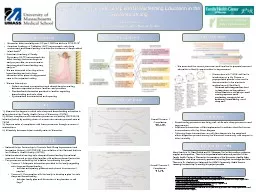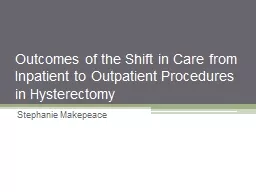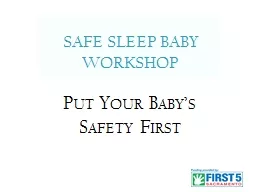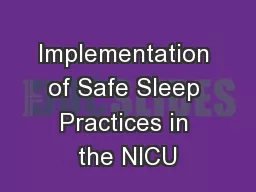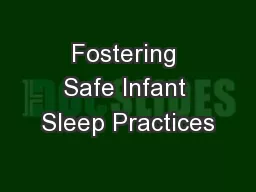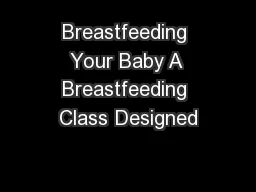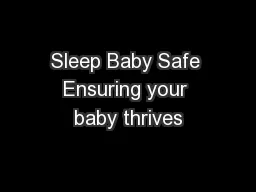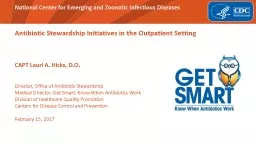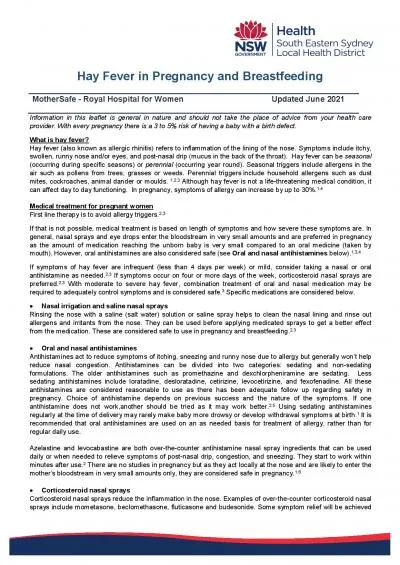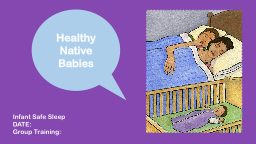PPT-Improving Prenatal Safe Sleep and Breastfeeding Education in the Outpatient Setting
Author : lam | Published Date : 2022-02-10
Elizabeth Makris University of Massachusetts Medical School Introduction NAPPSSIIN Baseline Data Key Drivers Interventions Next Steps Acknowledgments References
Presentation Embed Code
Download Presentation
Download Presentation The PPT/PDF document "Improving Prenatal Safe Sleep and Breast..." is the property of its rightful owner. Permission is granted to download and print the materials on this website for personal, non-commercial use only, and to display it on your personal computer provided you do not modify the materials and that you retain all copyright notices contained in the materials. By downloading content from our website, you accept the terms of this agreement.
Improving Prenatal Safe Sleep and Breastfeeding Education in the Outpatient Setting: Transcript
Download Rules Of Document
"Improving Prenatal Safe Sleep and Breastfeeding Education in the Outpatient Setting"The content belongs to its owner. You may download and print it for personal use, without modification, and keep all copyright notices. By downloading, you agree to these terms.
Related Documents

